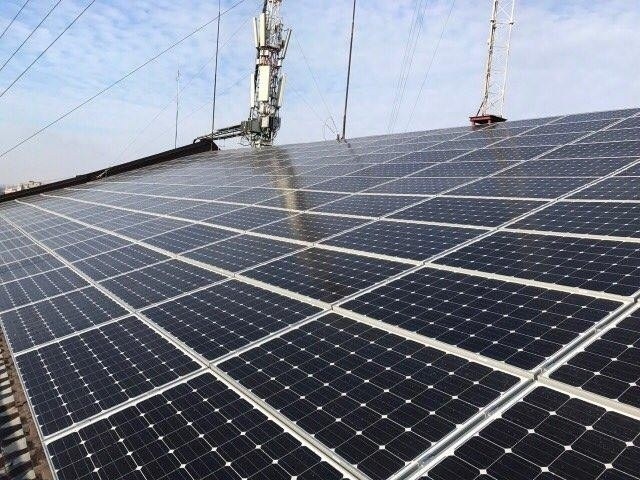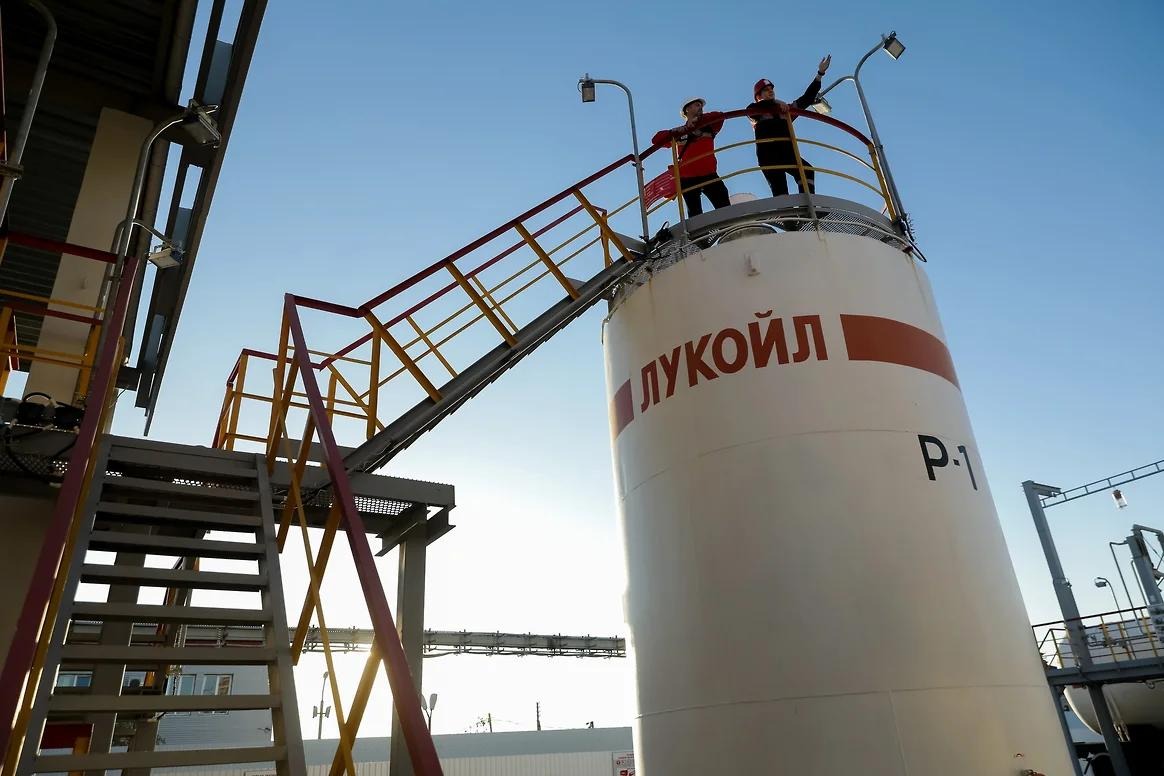
Solar Energy Development in Ukraine: A Matter of State Security
Solar Energy Development in Ukraine: A Matter of State Security
Foreign investments in renewable energy projects benefit Ukraine in the shift to clean energy, but they also are have wider geo-economic and national security importance for this struggling European democracy. Ukraine is currently pursuing a number of renewable energy ventures funded by foreign investments. The latest is a 10 million euro ($12 million) solar plant project by Canadian firm TIU, to be located in Nikopol, Dnipropetrovsk oblast (Interfax, September 25). The 10.5 megawatt (MW) Nikopol solar power facility also represents the first investment to have come in under the Canada-Ukraine Free Trade Agreement, in force since August 1, 2017.
Ukraine is following the global trend of accelerated investment in renewable energy. Indeed, 2016 was the fifth year in a row that global investment in renewable energy capacity outstripped financing for new fossil fuel generation (Unep.org, April 6).
In addition to business considerations, solar power and other renewables have a special meaning for Ukraine’s energy security. Currently comprising less than 1 percent of current energy generation, renewable energy’s role is set to dramatically increase: the government has established a 10 percent benchmark for renewable sources of power by 2020. And according to the recently adopted Energy Strategy 2035, it will reach 25 percent by that year (Mpe.kmu.gov.ua, September 25). Currently, according to the Ministry of Energy and Coal Industry, the top four energy sources for Ukraine are coal (30 percent), natural gas (28.9 percent), nuclear power (25.5 percent), and oil and oil-based products (11.6 percent).
Ukrainian Primary Energy Sources Breakdown
| Coal | 30% |
| Natural gas | 28.9% |
| Nuclear | 25.5% |
| Oil & oil-based products | 11.6% |
| Biomass | 2.2% |
| Thermal, environmental | 0.6% |
| Solar & Wind | 0.1% |
(Source: Ministry of Energy and Coal Industry of Ukraine)
The government has also pledged to integrate the domestic electricity market with the European Network of Transmission System Operators for Electricity (ENTSO-E), which represents 43 electricity transmission system operators from 36 countries across Europe. The ENTSO-E importantly supports the implementation of the European Union’s anti-monopoly energy policies and the integration of renewable energy resources into the power system, as well as provides grid access to electricity market players according to non-discriminatory and transparent rules (Ua.energy, June 29). Ukraine’s electric power grid is currently 96 percent synchronized with Russia’s and only 4 percent with the EU. According to a representative of the state-owned Energy Company of Ukraine, Russia recently caused problems with electricity supply to Ukraine at peak times—a strong incentive to disengage from the Russian network (Presentation at business meeting attended by the author, Kyiv, September 12). In the longer term, the development of renewable energy will help balance Ukraine’s dependence on Russia’s grid.
Presently, Ukraine’s electricity market is heavily concentrated, with state-owned Energoatyom and Rinat Akhmetov’s DTEK having substantial market positions in electric power generation. The development of renewable energy thus promises to influence competition, reduce clientelism and prevent corruption. Indeed, the EuroMaidan revolution in 2014 helped raise awareness in Ukraine of the role played by oligarch Serhiy Klyuev, a close advisor to the disgraced former president Viktor Yanukovych, who subsequently had to divest from his Ukrainian renewable assets.
Solar power development, in particular, will make Ukraine’s energy more cost-competitive. According to a 2016 International Renewable Energy Agency (IRENA) study, “[B]y the year 2030, the increased use of renewable energy will reduce Ukraine’s overall energy system costs.” It will also have positive ecological and health effects from reduced smog and carbon dioxide emissions (Irena.org, 2016).
Ukraine has been accelerating the growth of its renewable energy sector—and in particular, solar. In 2016, the government commissioned the construction renewable energy generation plants with a total capacity of 120.6 MW; of those, 99.1 percent were solar energy facilities. Should Ukraine regain control over the renewable power plants (total capacity of 408 MW) that already exist in illegally annexed Crimea, the country’s total installed renewable energy capacity would reach 1.6 gigawatts (GW) (Liga.net, accessed October 12).
The Russian Federation (excluding occupied Crimea), on the other hand, has only ten solar power plants, generating 100 MW of electricity, or 0.04 percent of total installed energy capacity in Russia. And importantly, unlike Ukraine, Russia does not have a feed-in-tariff (payments to ordinary energy users for the renewable electricity they generate), instead using the model of long-term capacity agreements. According to Russian Deputy Prime Minister Arkady Dvorkovich, “It is necessary to change the regulation in order to reduce the administrative costs of running this business [solar power generation] for both companies and the consumer.” Russia’s current conditions for companies participating in the program also require a high level of localization of equipment production (Rawi.ru, September 23). In fact, the government continues to promote fossil fuels as the backbone of Russia’s economy. Russian analysts assess that the country’s alternative energy development program, which initially planned to raise clean energy’s share of total generation to 4.5 percent by 2020, has presently been shifted back to 2024. By 2024, Russia set the benchmark of 57 solar power stations with a capacity of 5–70 MW each and a total installed capacity of 1.5 GW (Rossiyskaya Gazeta, June 7).
In contrast, Ukraine eased the “local content” requirement in 2015. Moreover, the government guarantees developers a feed-in-tariff of 0.15 euros ($0.18) per kilowatt-hour for solar power sold by stations commissioned before 2019—these payments are guaranteed until 2030. As a result, companies investing in Ukraine can expect more attractive yields. The above-mentioned Canadian company TIU has estimated the anticipated rate of return from its 10.5 MW Nikopol solar power plant at 21 percent; whereas the Russian government’s current program guarantees a reimbursement of developer costs for 15 years with a base yield of only 12–14 percent per annum (Rossiyskaya Gazeta, June 7). Finally, unlike Russia, which is hobbled by international sanctions, debt financing is available for Ukrainian projects, supported by Ukrainian and Western government–backed incentives.
Clearly, if solar power development can be viewed as a proxy for innovation in the broader energy sector, Ukraine is offering attractive opportunities to international energy market players. In the future, Ukraine’s renewable energy policies should lead to a more decentralized and distributed—and thus more secure and resilient—energy generation network.


